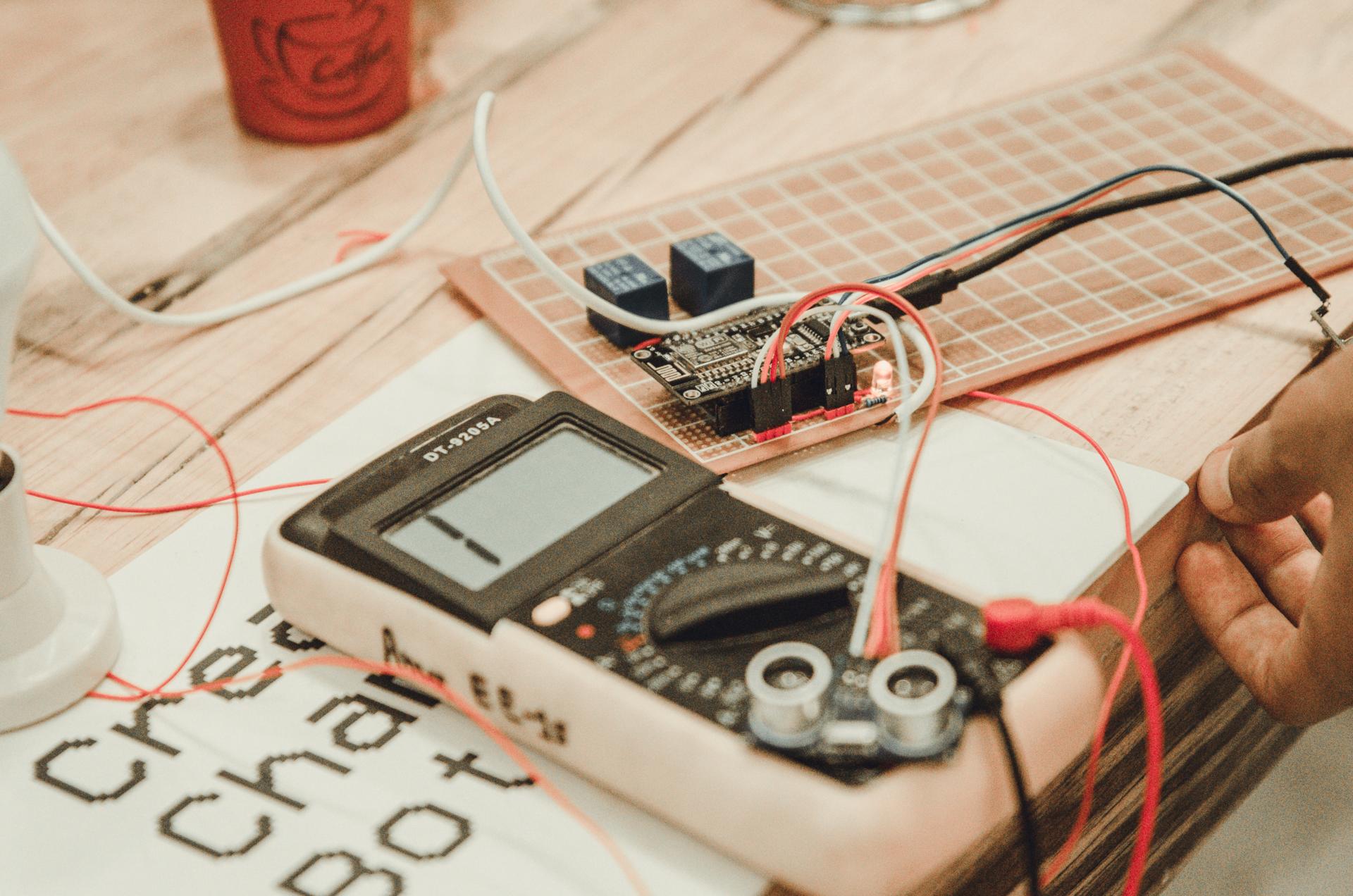Do-It-Yourself Electrical Safety Testing: Step-by-Step Tutorial for Home-Owners

In terms of home security, one of the most crucial areas to think about is electrical safety. Testing for electrical safety is the process of evaluating the electrical system of your home to make sure it’s safe and up-to-code. In this article we’ll give you an overview of what the electrical safety tests are, the tools you’ll need in order to carry them out, how to perform the tests, and what warning signs to be aware of.
What exactly is the definition of an Electrical Safety Test?
An electrical safety test is the process of checking the electrical system within your home to verify that it’s functioning safely and properly. Electrical safety tests are important as they can prevent electrical accidents and fires, and ensure the longevity that your electric system has.
Equipment Required to conduct an Electrical Safety Test
To conduct an electrical safety test you’ll need some essential equipment. These include a voltage tester and a continuity tester circuit tester and outlets tester. It is utilized to check for live circuits while the continuity tester checks for damaged circuits. The circuit tester is utilized to check for wiring faults, and outlets testers are utilized to identify wiring issues at the outlets. It is essential to utilize these devices correctly to get precise results.
How do I Conduct an Electrical Safety Test
To conduct an electrical safety test inside your home Follow these steps:
Shut off the power supply on the circuit or circuits you’re testing.
Utilize the voltage tester to test whether there are live circuits.
Use the continuity tester to look for broken circuits.
Make use of the circuit tester for checking for any wiring issues.
Make use of the outlet tester to look for electrical problems within the outlets.
During the testing process Be sure to check for any indications of wear or damage on the wires, such as broken or frayed wires burn marks, or loose connections. If you find any issues, it’s important to address them as quickly as you can to prevent potential hazards.
Signs of Electrical Problems to be Watchful for
There are a variety of warning signs that could signal electrical problems in your home. They include flickering light bulbs and frequent circuit breaker trips noises that crackle or buzz from outlets, hot or discolored outlets, and a burning smell. If you observe any of these warning signs, it’s important to act immediately to prevent any electrical dangers.
Conclusion
Electrical safety tests are crucial to ensure your safety and family. By performing regular tests and addressing any issues promptly to avoid any potential electrical hazards and extend the lifespan of your electrical system. If you need help in electrical repairs or testing, don’t hesitate to contact Local Electrician Penrith. Our knowledgeable team will give you professional guidance and support. Contact us at 1300 610 481 to schedule an appointment or request a quote.
FAQ Section
When should I perform an electrical safety test in my home?
We recommend conducting safety tests for electrical equipment at least every year.
Do I have the ability to conduct an electrical safety test by myself or do I need the help of a specialist?
While you can perform tests for electrical safety yourself however, it’s advised to employ a professional to ensure accurate results and to avoid any potential dangers.
Which are the top frequent electrical problems that can be found in an electrical safety check?
The most common electrical problems that are discovered during a safety test comprise faulty wiring, overloaded circuits and outdated electrical systems.
What do I do if encounter a problem during the electrical safety test?
If you discover a problem in the electrical safety test, it’s important to take action immediately. This may include calling a professional electrician to address the issue or replacing damaged equipment.
